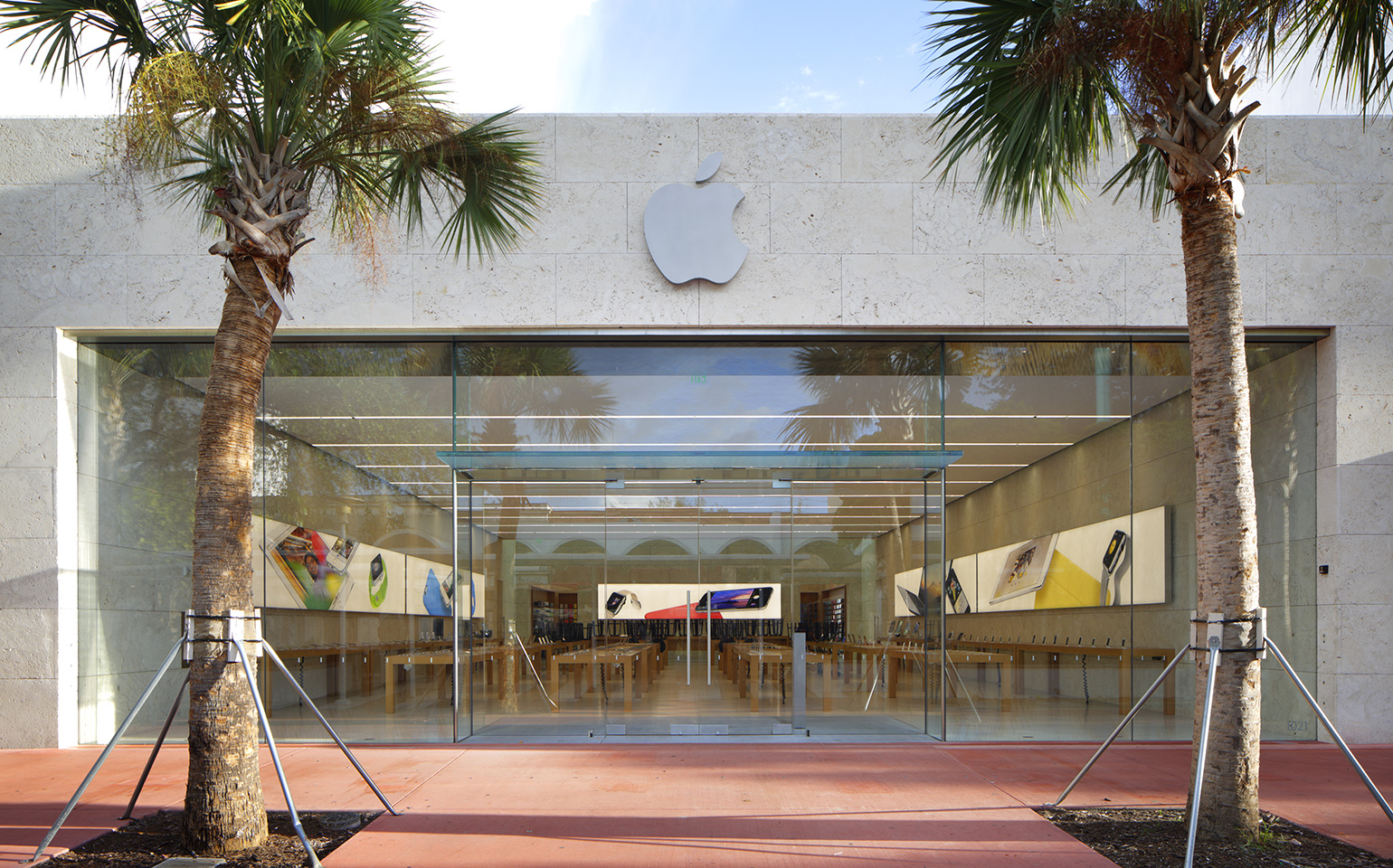Recently, I had the pleasure to guest lecture at the Fashion Institute of Technology in New York. My audience was third- and fourth-year BFA candidates, all working on their exhibit / environmental design track. I talked to them about brand culture because I believe it’s critical to the work they’ll do. We discussed how a strong brand culture can and should influence their design. That, as designers, they have the ability to push understanding of what a brand stands for at every single customer touchpoint: floor plan, reflective ceiling plan, environmental graphics, wayfinding, furniture, fixtures and equipment, supportive collateral, and signage. But to communicate understanding, you must first understand the brand yourself.
As CEO, you want all your associates laser-focused on your brand. To do that, they must know what they’re looking for and how to communicate it. Each person should understand that their words and actions will build your company’s brand culture through brand experiences.
Purpose is First
Let’s start with this premise: A brand must have purpose to exist. The purpose of that brand should have meaning. That meaning creates value, and that value drives preference. So, brand culture starts inside your company. This is where the brand ecosystem is built, and where a brand culture is ultimately curated.
What are some of your favorite brands? (In addition to your own brand.) It could be a car brand, a fashion brand, a tool brand, a food or beverage brand, a hotel or destination brand, or whatever speaks to you. What is it about those brands that attracts you? What characteristics draw you in and connect with you personally? My guess is they all embody truth, transparency, and authenticity. And they do it with simplicity and clarity. It’s what I call TTASC in the brand (Truth, Transparency, Authenticity. Simplicity, Clarity). Most companies have TTASC somewhere, but few project it in their brand so well that they’ve developed a culture around it. This is what separates ordinary brands from great brands.
Tell Your Story
The truth rarely needs a lot of adjectives or hyperbole to be understood. However, storytelling around your brand truth can be rich, satisfying, and full of flavor. Even though individuals are completely unique, your story allows people to connect with your brand through a deeper understanding—creating almost a tribal sense of belonging. You feel a kinship with fellow brand enthusiasts that you can’t really explain. That’s when the brand ecosystem is working. It creates meaning, value, and preference—brands that people love.
So how can your brand develop this culture that begins internally and extends to your outfacing audience? A culture that elevates the value and preference of your brand?
Peel Back the Onion
An onion is the perfect analogy for a brand because it works as a metaphor for social penetration. Your public self is on the outside and your private self on the inside. Peeling it back, layer by layer, exposes more and more of the authenticity, truth and transparency that exists within. Each layer should be an experience, revealing more and more of the truth. The same is true for a brand. Authentic expression is effortless. It’s a story that wants to be told.
The people who surround the brand can help get the story out through their cultural behavior and outward support for the brand’s foundational purpose. They become brand ambassadors, even brand evangelists. This is critical to brand success today. It is the brand’s job to peel the onion, exposing its meaning, beliefs, and values, so they are seen and embraced by the public. To soften the company exterior so people can see its heart—the deeper purpose, meaning and value of the brand.
Nourish Your Ecosystem
I published a white paper about a year ago on developing a brand ecosystem within your company. At BOLTGROUP, we believe the most powerful and successful brands share several important elements. One of the most compelling is that their people—employees, associates, staff—all unite in common values, ideals, and likely a passion for their brand. It is THEIR brand. This spirit of engagement and ownership that resonates with outside customers and consumers is measurably greater in successful brands. These brand ambassadors not only have a greater respect for themselves and the performance of their jobs, but also for their company and the products they make. It is well documented.
The 2013 Edelman Trust Barometer says, “Employees rank higher in public trust than a firm’s PR department, CEO, or Founder. 41% of us believe that employees are the most credible source of information regarding their business.”
So, the brand experience your top employees create with the customers they touch or the products they produce is key to the success of your brand.



